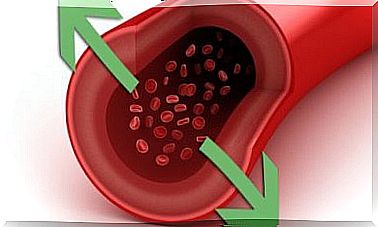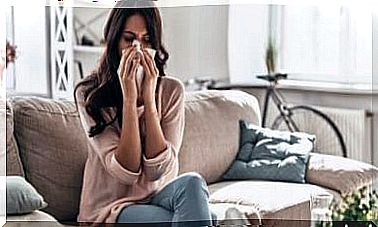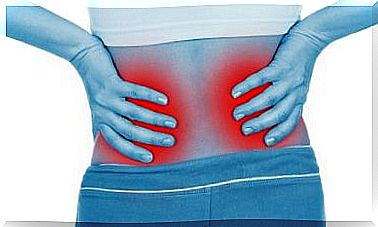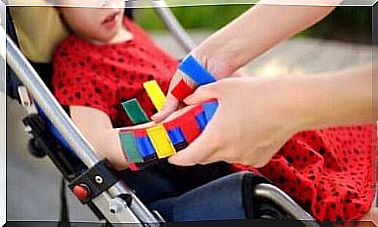Is It Risky To Sunbathe When You Are Pregnant?
Tanned skin always looks good, but before being an aesthetic answer, tanning is due to a protective measure against UV rays. Its excess can lead to severe consequences.
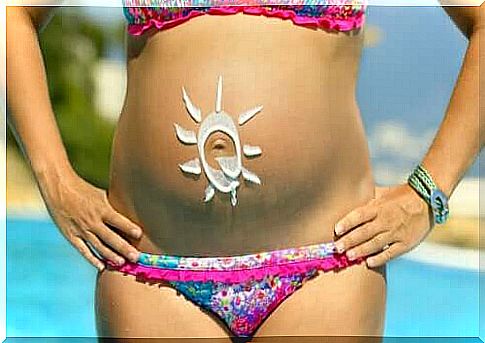
Sun and health go hand in hand, so it will always be a little strange to wonder if it is risky to sunbathe when you are pregnant. It will be if it is an activity that we carry out excessively, without knowing its scope and limits.
Short-wave (UVB) and long-wave (UVA) ultra-violet rays affect the skin depending on intensity and longitude. Thus, we know that the skin, under the action of UVB rays, produces vitamin D3, essential for bone structure. But to achieve its benefits, you only need 20 to 30 minutes of sun exposure.
Tanning deserves more time and caution. If doing it under the sun involves risks and requires maximum precautions, doing it in tanning booths is completely not recommended. We will explain why in this article.
Why do we tan?
Tanning is a reaction of the skin to protect itself from the action of shortwave ultraviolet rays or UVB rays. This radiation is intercepted by the ozone layer but the climate crisis has affected it and the incidence of these rays on the earth’s surface has increased.
The skin picks them up and the natural response, when they pass through the epidermis, is to tan, which produces melanin. The latter is a biopolymer produced by melanocytes, which are found in the deepest layer of the epidermis.
Melanin, which absorbs up to 99% of the sun’s rays, is deposited on keratinocytes, the cells that make up the skin. This is where it accumulates around the nucleus of the cell to protect the DNA from possible mutations due to solar radiation.
Extending the time of exposure to the sun means going beyond this natural barrier and going from a beautiful tan to a burn.
Is it risky to sunbathe when you are pregnant?
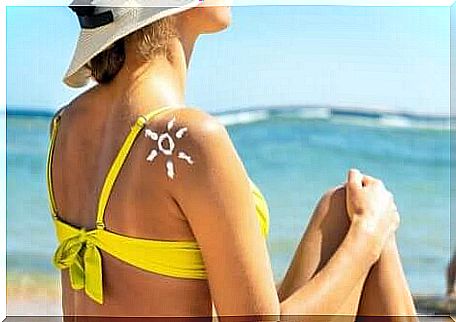
In general, tanning is not recommended. The thrill of summer, the feeling of freedom and the idea that a little more sun won’t hurt us can have serious repercussions. However, by taking all the precautions and being aware of the risks, a little sun will do us and the baby good.
The sun helps to synthesize vitamin D which contributes to the absorption of calcium: it therefore helps to strengthen the bones, both of the mother and of the baby, which receives calcium through the placenta. Vitamin D requirements increase by up to 300% due to the mineralization of the bones of the fetus.
Also, being in the sun for up to 30 minutes does not necessarily mean sunbathing. Receiving its light in the morning, before 11 a.m., or in the evening after 5 p.m., is healthy. But the fact of tanning, beyond the aesthetic aspect, is a response to solar radiation and its intensity will depend more on the type of skin than on the sun received.
If the skin is very white, it will burn before tanning; thus, to protect yourself, you will need a protection factor between 20 and 50. If the skin is fair, it will tan more gradually and the protection factor should be between 15 and 20.
Brown skin, on the other hand, tans quickly. Dark skin does it in depth. In these cases, the sun filters range from 10 to 15 and 4 to 10, respectively. Ultimately, without the right protection, we shouldn’t be exposing ourselves to UV rays.
The possible consequences of tanning during pregnancy
During pregnancy, the skin becomes more sensitive due to increased hormones and greater blood supply. If exposure to UV rays is tricky, it is reasonable to consider it risky to sunbathe when you are pregnant.
Chloasma
Also called melasma , these are dark colored spots that come from an increase in the production of progesterone. They usually appear on the face (on the mustache, cheekbones and forehead). The intensity will depend on the time spent in the sun.
Darker skin is more prone to its appearance. Once melasma arises, it is very difficult to make it go away.
Melanoma
It is a type of skin cancer that develops when melanocytes grow and get out of control. Among its causes, we find genetic predisposition and sun exposure. It is more common in people with white skin, with lots of moles, and in people with red heads.
Spina bifida
Exposure to UV rays causes overheating, which can affect the development of the baby’s spine. In addition, it causes a decrease in folic acid, thus increasing the risk of spina bifida.
Folic acid is indeed sensitive to sunlight and degrades, especially in the face of the action of sunlight.
Tanorexia
Because of everything we have just explained, sun exposure without taking precautions and with an obsessive desire to tan can be a sign of tanorexia. An obsession with tanning which can lead pregnant women to undergo sessions in UV cabins, with a greater concentration of rays than natural sunlight (and more aggressive).
We have seen that the sun is healthy, from all points of view, at the appropriate times and times. But if we want to be tanned, exposing ourselves to this king star is not the only solution.
Some special creams link their active ingredients with keratin and other proteins in the surface layers of the skin. They thus generate a tan without melanin, adjusted to aesthetic desire.
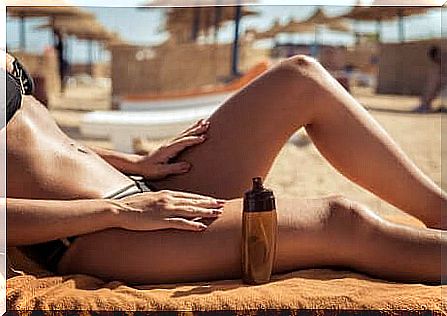
Tips to protect yourself from radiation during pregnancy
By following common sense patterns, such as using sunscreens and choosing recommended times, the first time you go in the sun should not exceed 15 minutes.
If the stay is prolonged, one can increase by 10 minutes the following day. And do this for 10 days: it works as a mechanism for preparing the skin to endure the sun.
With this tan, we will protect ourselves immediately, but not against long-term effects like skin cancer or premature aging. Therefore, b ronzer cannot be a recurring practice.
Umbrellas or sitting in the shade are of no use. Indeed, the sand and the water function like mirrors which multiply the irradiation. The risk is therefore to expose ourselves by believing that we are protected. However, burns will appear later.
Yes, it is risky to sunbathe when you are pregnant
If you can’t avoid going in the sun after 11 a.m. and if you can’t help but lie down in the sun or under a parasol, then yes, it is risky to get a tan when you’re pregnant.
In this case, photoprotectants are of vital importance. All areas of your body that are exposed should be protected without restraint.
You should apply them between 30 and 60 minutes before the exposure, in sufficient quantity. After swimming or after sweating, the protector should be put back on.
It doesn’t matter if the bottle says it’s water resistant. If more than three hours in the sun have passed, add more. No precaution is too much to protect your skin and more particularly the good training of your baby.
